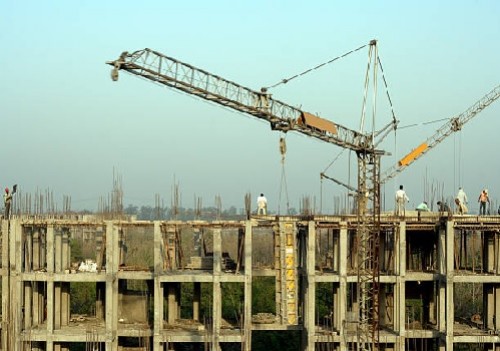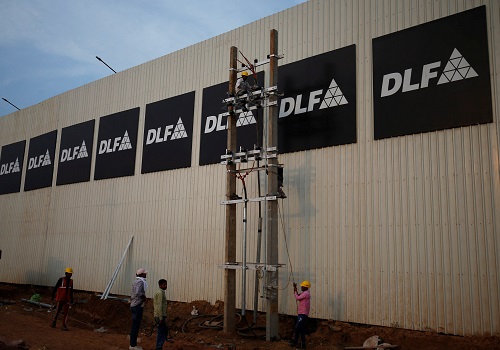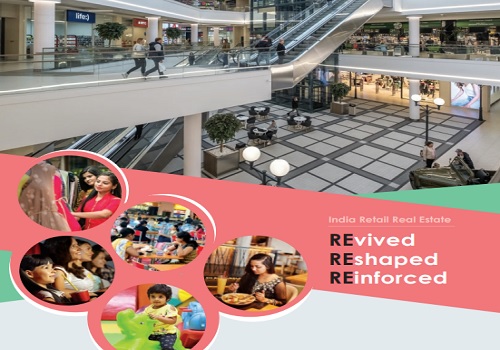Periodic construction bans delay housing projects in Delhi-NCR areas, says Anarock

Follow us Now on Telegram ! Get daily 10 - 12 important updates on Business, Finance and Investment. Join our Telegram Channel
Periodic construction bans by authorities in response to poor air quality is likely to have consequences on the timely completion of housing projects. On an average, a one-month ban on all construction activity delays a project by at least 3-4 months, says a research by Anarock consultants.
As per an estimate, there are nearly 5.68 lakh houses under various stages of construction in Delhi-NCR areas.
It's that time of the year again when the air quality in Delhi-NCR turns poor and heavy smog starts engulfing the region.
This year too, to battle pollution, an action plan has been rolled out in advance, mandating that if the pollution levels breach certain levels (i.e. Stage III or 'severe') the authorities will have to enforce a ban on the construction and demolition activities in NCR, except on essential projects (like railways, metros, airports, ISBTs, national security/defence-related projects of national importance).
Prashant Thakur, Sr. Director & Head - Research, ANAROCK Group, said, "As per Anarock Research, there are currently as many as 5.68 lakh housing units under various stages of construction in the entire Delhi-NCR region. Periodic construction bans by the NGT, government or the apex court in response to poor air quality have serious consequences. On an average, a one-month ban on all construction activity delays a project by at least 3-4 months."
Being periodic, the impact of these construction bans on the overall property prices is almost negligible. It is a seasonal phenomenon when air quality worsens during the onset of the winter season every year, coinciding with agricultural stubble burning in nearby states.
Moreover, real estate prices in most cities are not so much a function of environmental concerns as of accessibility, proximity to the city centres or major employment hubs, urban mobility via various modes of public transport, and affordability, said Anarock.
It has been proved that air quality in Delhi's homes - even in the verdantly green Lutyens' Zone - is no less polluted than on motorways. However, the common assumption is that residences are a refuge from pollution. Assumptions, whether true or false, are the basic essence of market sentiment.
As for Delhi-NCR, the region too has been very active. While developers restricted new supply, housing sales have been significant. In fact, the region has shed at least 23 per cent of its unsold stock in the last 2.5 years since the pandemic. Back in Q1 2020-end, the overall unsold stock in Delhi-NCR stood at 1.73 lakh units which has reduced to a little over 1.32 lakh units as on Q3 2022-end, it added.
























